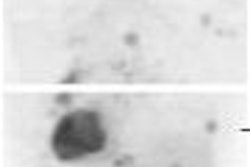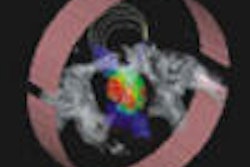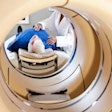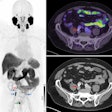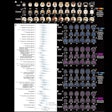Researchers at Rice University, the Baylor College of Medicine, the University of Houston, and the Ecole Polytechnique Fédérale de Lausanne in Switzerland have created a new class of MRI contrast agents called gadonanotubes, which may be many times more effective than agents currently in use.
The technology encases gadolinium atoms inside a carbon nanotube. Once inside the nanotubes, the gadolinium atoms naturally aggregate into tiny clusters of about 10 atoms each, according to the researchers. In prior work, the scientists boosted the effectiveness of gadolinium contrast agents by encasing them in carbon spheres called buckyballs.
The nanotubes hold more gadolinium than the buckyballs, and are performing better than anticipated, the researchers said. However, the investigators suspect the clustering is causing unexplained increases in magnetic and MRI effects observed in tests at Rice, at the University of Houston's Texas Center for Superconductivity, and in the Swiss laboratories.
The research was published this month in the journal Chemical Communications (August 2005, Vol. 31, pp. 3915-3917).
By AuntMinnie.com staff writers
August 24, 2005
Related Reading
Biophan adds nanotechnology patent, March 18, 2005
U.S. cancer institute starts nanotechnology drive, September 14, 2004
Copyright © 2005 AuntMinnie.com






